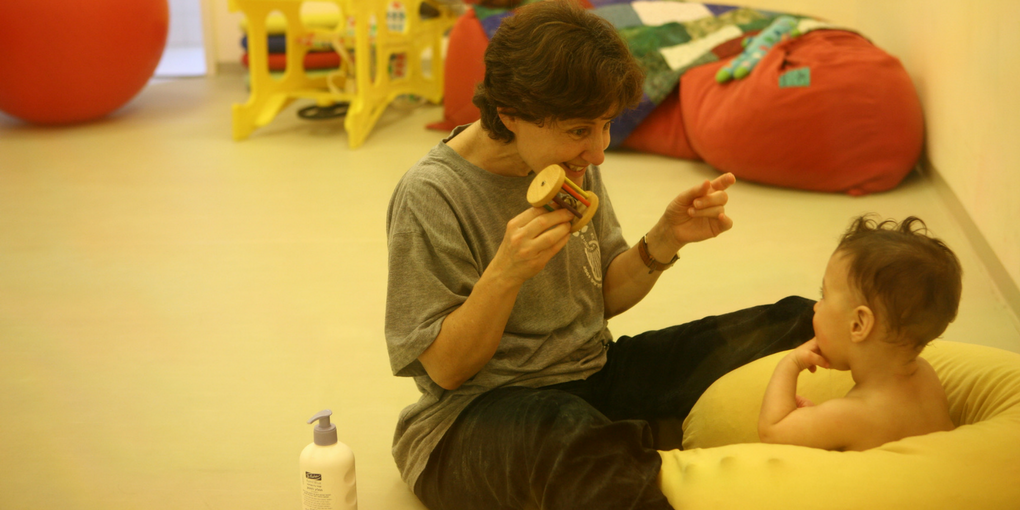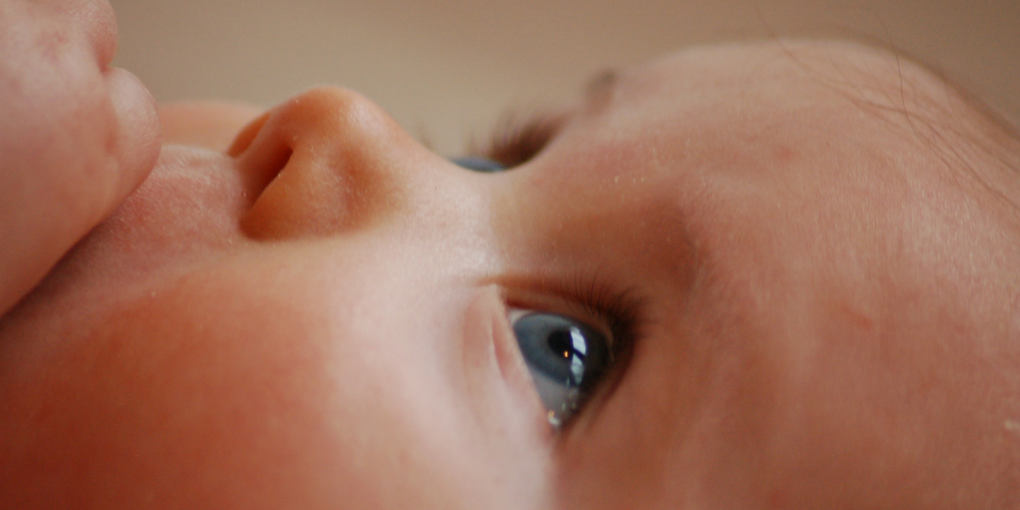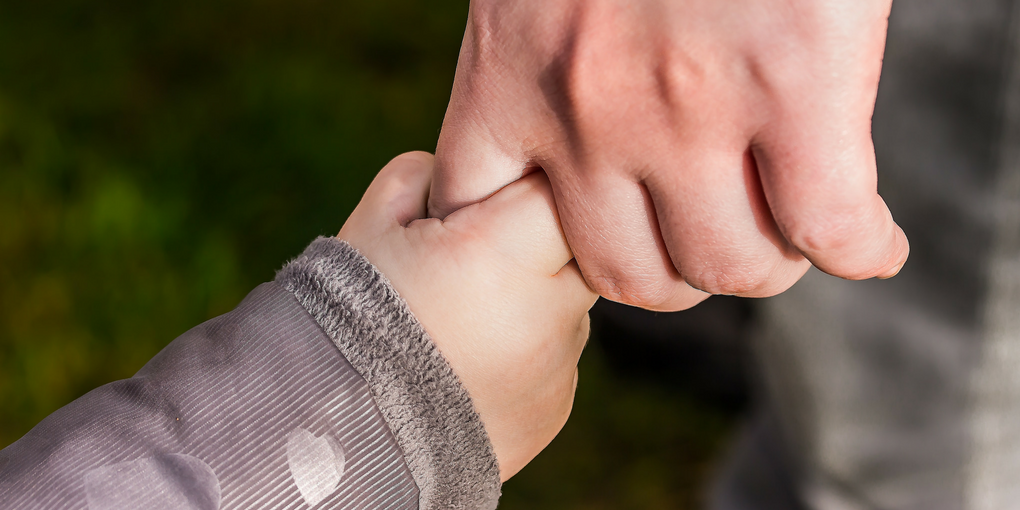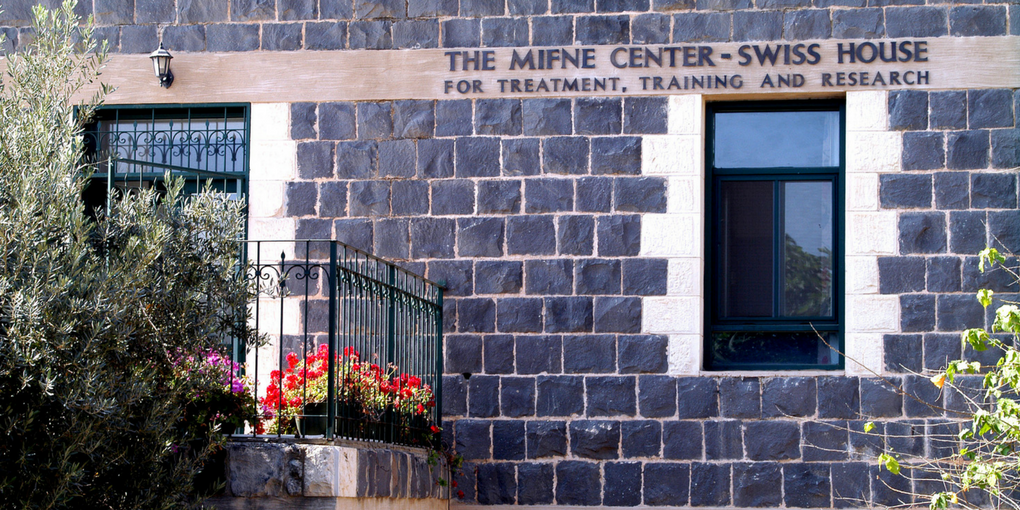“There has to be another way,” thought Dr. Hanna Alonim, as she saw 6-year old children tied to their beds, over-stimulated and over-medicated.

When Hanna started her professional career in the 80’s and later received her PhD in Mental Health, she spent time working with a group of deaf children. What she discovered was frightening. She found that the group of children were not deaf at all, but instead were autistic. Not fully knowing what autism was, and out of curiosity and care, she chose to explore the enigma. Seeing a disconnect between diagnosis and treatment, Alonim began to dive deep into research, and her findings are life changing.
Autism is a microbiological complex disorder of brain development, commonly present from early childhood. The mental disorder is characterized by difficulty in communicating and forming relationships. What Hanna saw were children who process things differently.
A New Kind of Treatment
In today’s society, 1 in 100 children in Israel are found autistic, and in the United States, the statistic is 1 in 64 children. The disorder was being diagnosed when children were about 5 or 6, and Alonim’s intuition and experience told her it was too late. At the start of her research, she began pushing for lowering the age of diagnosis, but because there was no solution to the disorder, she realized most medical professionals were not in a hurry to diagnose it.
She began to develop the concept of treatment. The first method of treatment for autism, developed by Leo Kanner in 1943, involved removing the child from the family. Hanna reasoned that if a child has a contact and communication problem, then it would only make sense if their family members remained a main resource for their children. Since everyone in the family is affected when a child has autism, it can be crucial for members to understand how to communicate and develop the relationship with their child.
In 1987, Alonim founded The Mifne Center, a non-profit organization that was the first in the world to treat toddlers diagnosed on the autism spectrum, and to use a family therapy approach to treatment.

The Younger, The Better
With decades of research, the Mifne Center found that the younger a child is diagnosed on the autism scale, the larger the chance they have to lead a ‘normal’ life. The youngest child they treated to date was 5 months old, who is now a healthy, active and engaged teenager.
In 1997, the Mifne Center team, which includes experts from the fields of medicine, psychology, psychotherapy, family therapy and child development, began a decade long study of 110 families. One of the questions asked parents when they first realized something went wrong with the child. Most parents said that at around one year old, the child started showing signs of autism, and regressed in development.
Eager to understand what happened around the one-year mark, the Mifne Center team began studying videotapes of infants who had been diagnosed with autism at age 3. With a room full of hundreds of videotapes of children, the team was able to analyze children in their earliest stages, and found that 89% of parents were wrong. For those parents, either they did not know what to look for, they were told by a medical professional to wait it out, or perhaps they chose not to see the symptoms.
Alonim explained. Before turning one, a baby is dependent on their parents for everything. By the age of one, a baby starts walking and gets more independent. For a child who is at risk of autism, being independent means being more detached – exactly what parents may have seen as signs of regression. However, with analyzing the videos, the team had seen the signs all along.
When autism is diagnosed too late, this is what is detrimental to a child and their family’s growth and developed. When parents take note of the symptoms during the first year of a child’s life, this can be an opportunity to intervene with the developmental disorder – and influence the way a child’s brain develops.

Alert Parents Can Save Lives
Though our brains are learning every moment, the first two years of our lives determine our personality and learning capacity for the rest of our lives. However, up until year 1.5, a baby’s brain is still developing its neural pathways with room to create new ones, and with the treatment and care, you can change a child’s destiny.
One of the most shocking studies is on treatment with a group of 1-2 year olds and a group of 2-3 year olds. What they found was that the 1-2 year olds with treatment had an 88% chance of growing up to develop a normal life. The 2-3 year old group with treatment had a 36% chance of doing so.
So how can parents assess their infant’s risk of autism? Alonim developed a detection tool called the ESPASI Screening Scale for the identification of early signs of autism in the first year of life, which has been published in the Israeli Journal of Pediatrics since 2011, and is currently used in Israel, the United States and across Europe.
Parents should be aware that the following 8 signs are an alarm. If at least 2 of these signs persist over time, a medical examination needs to be made. The signs are: 1. Over-passivity: Lack of crying, movement, interest in surroundings. 2. Hyper-activity: continuous crying or obvious restlessness, 3. Lack of desire or resistance to eat; 4. No reaction to sound or parents’ presence; does not turn head towards person, smile or mutter; 5. Lack of direct eye contact with people; 6. Withdrawal from touch; 7. Delayed motor development; 8. Accelerated growth of the circumference of the head in relation to starting point. Parents who are aware and remain alert of these symptoms may have the opportunity to change the development patterns of their children.

The Mifne Method
The Mifne Center specializes in treating children up until the age of two, and their families, siblings and grandparents included, from Israel and all over the world, Palestinian families included. The 3-week treatment “focuses on the entire range of the infant’s developmental components through the use of Reciprocal Play Therapy, a method developed to improve an infant’s ability to engage and communicate with their environment with curiosity and pleasure.”
Situated on the top of a stunning hilltop in one of the most beautiful towns called Rosh Pinna, Israel, the Mifne Center provides a safe, warm space for families from all over the world who want to create a better life for their children.
Alonim and her team have made many contributions to the field of autism in terms of research, treatment solutions, and a research-based intuitive approach to the mystery that is autism. The research continues as the “most recent findings indicate that genetic and neurological factors associated with environmental aspects influence the phenomenon onset of autism.” In other words, a developing brain shows signs of being biologically influenced by environmental factors, as is studied through the Mifne Method’s therapeutic intervention process.
Alonim and the Mifne Center team are providing tremendously valuable first-time findings for the medical world, which are being used by medical professionals, universities and therapists worldwide.
Alonim travels the world to teach, train and share these remarkable findings. In 2001, Alonim founded the Therapists Training School for Autism in Infancy at Bar Ilan University, and the Mifne Center is currently establishing Therapy Centers in the United States, London and Romania, in addition to the one which was established in Switzerland. The Mifne Swiss Foundation, which was established in 1990 by Dr. Ernst Braunschweig and whose active President is Dr. Eric Teitler, largely supports the center and its work to improve the world for children and families affected by autism.







